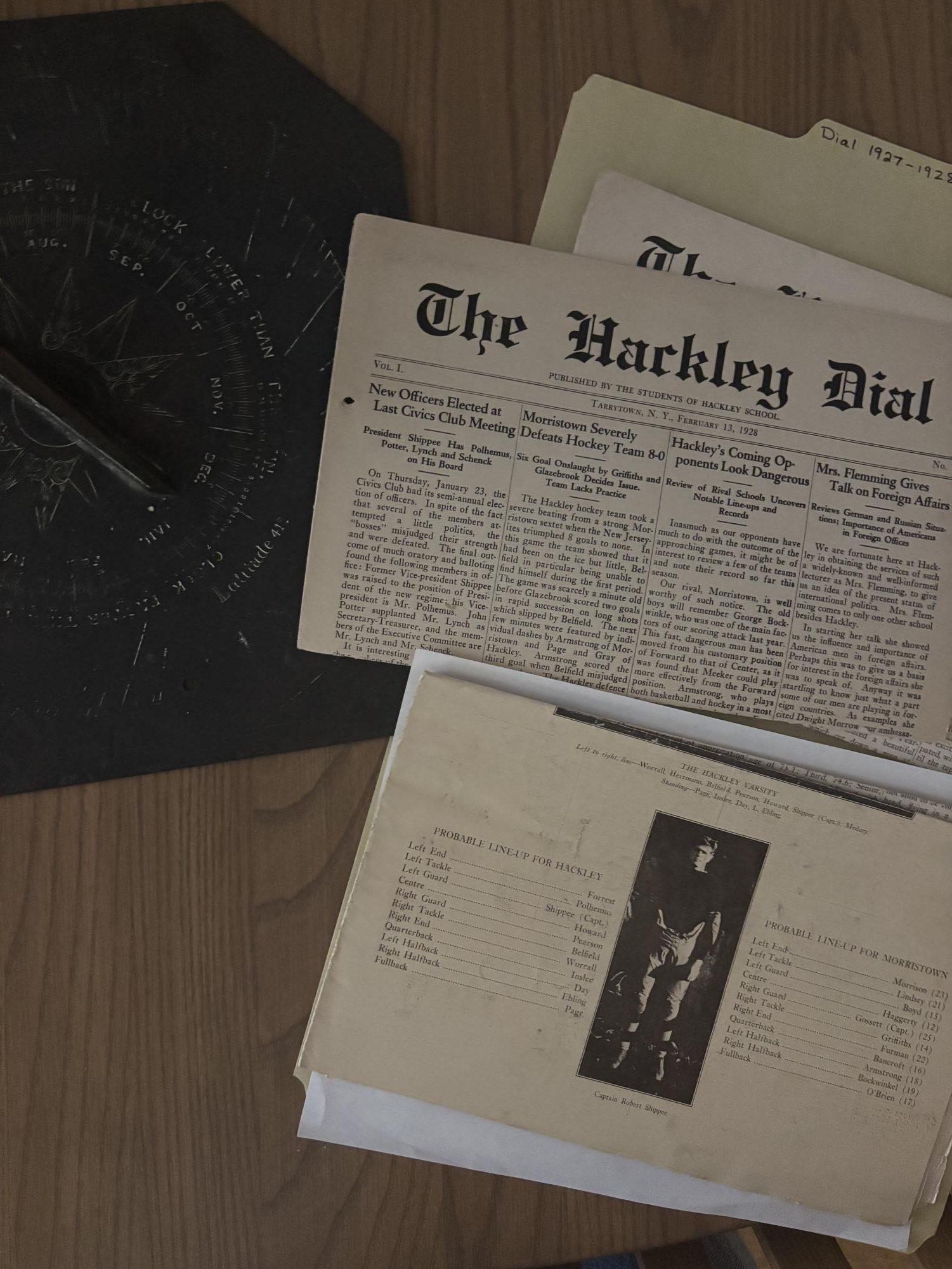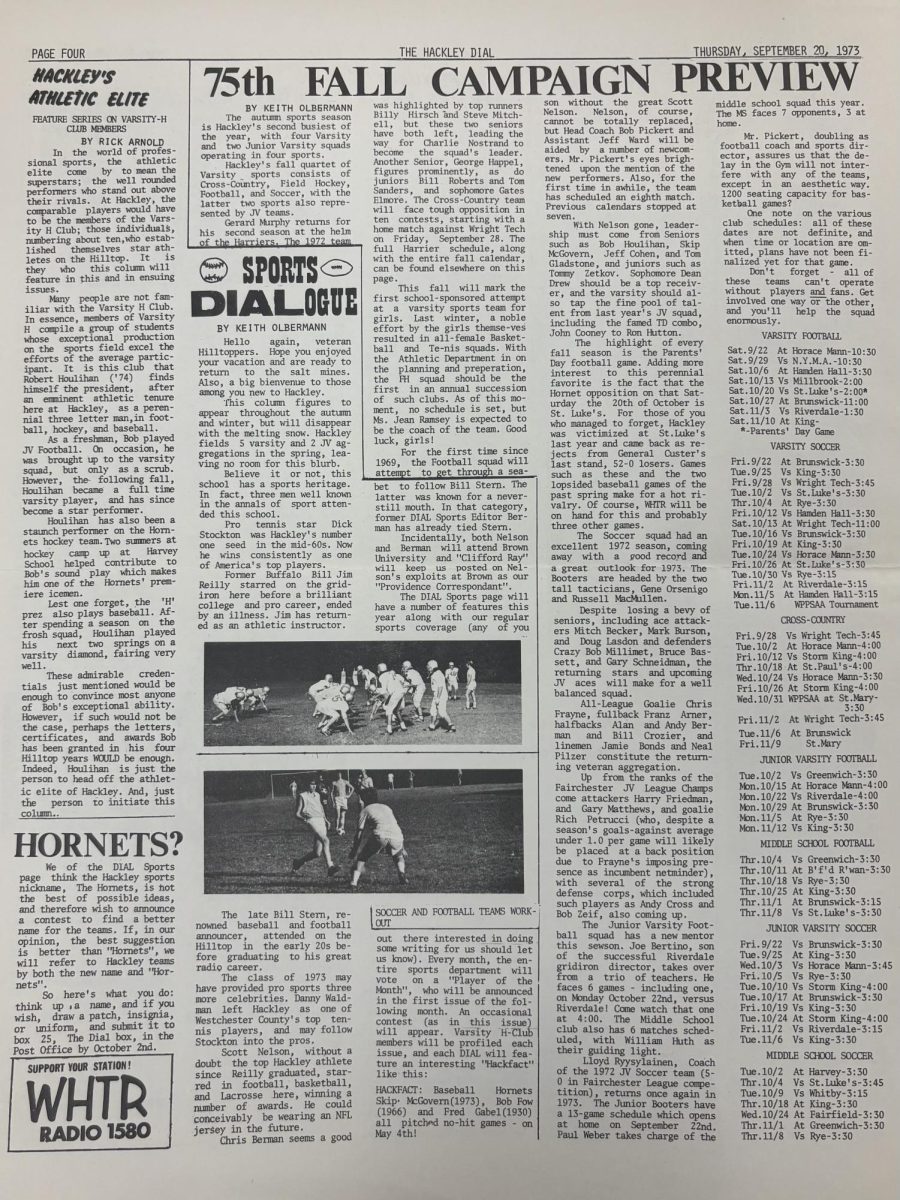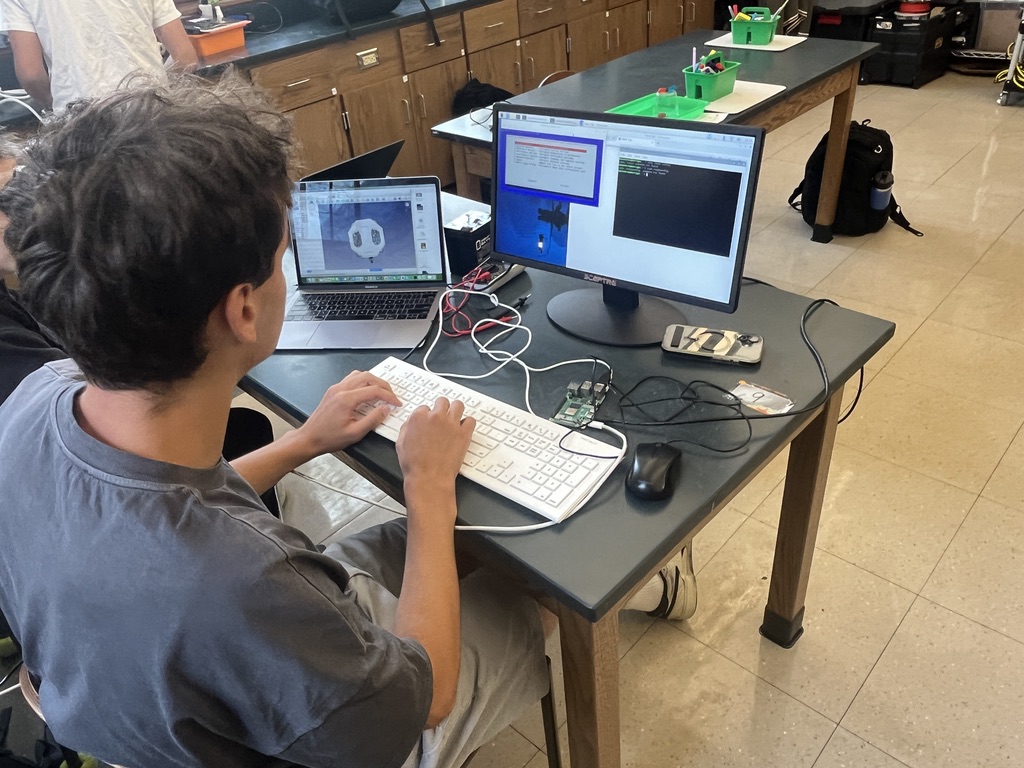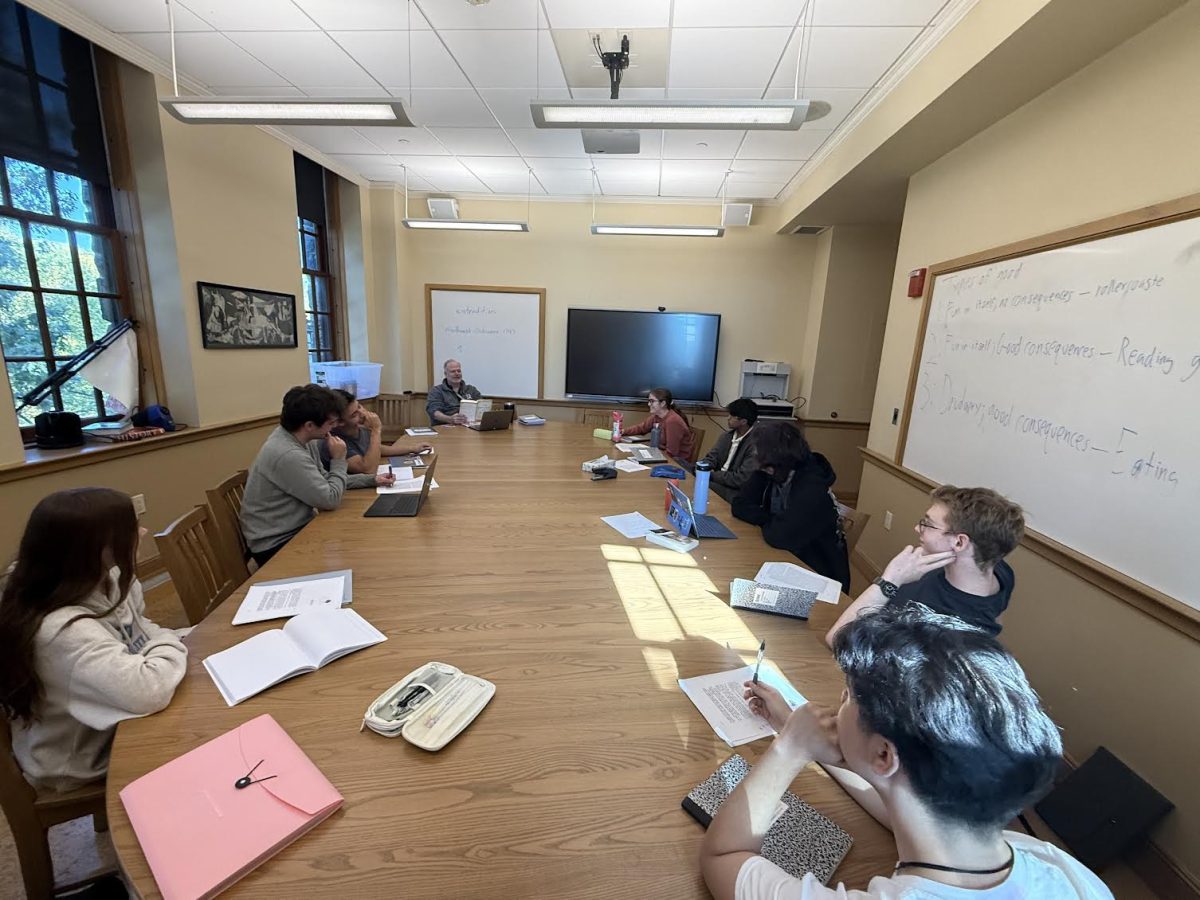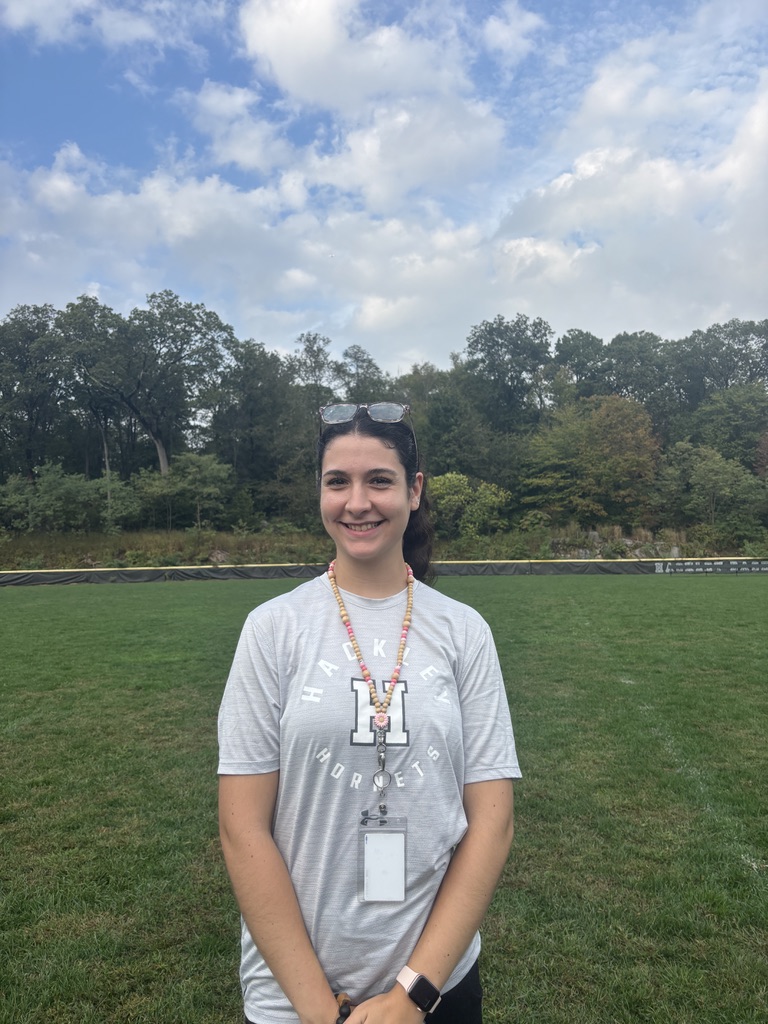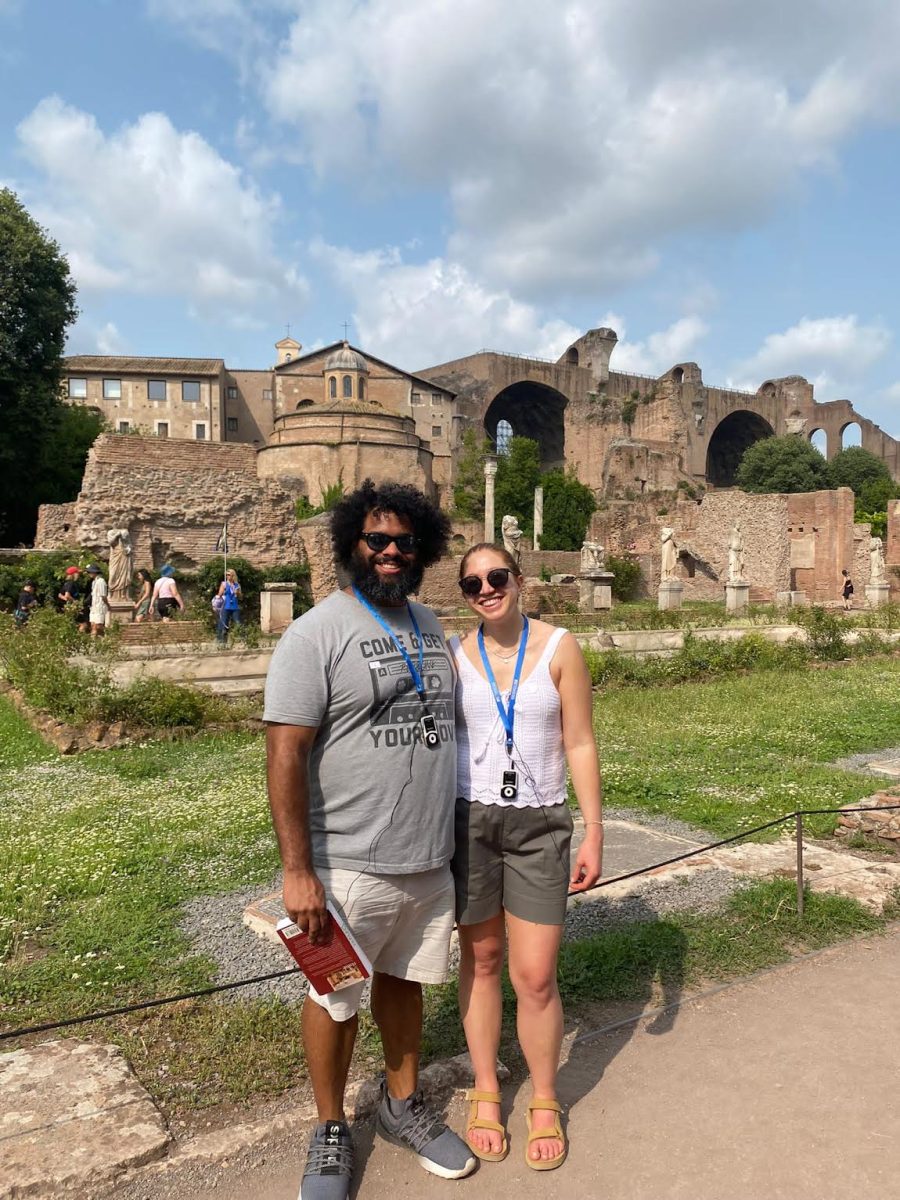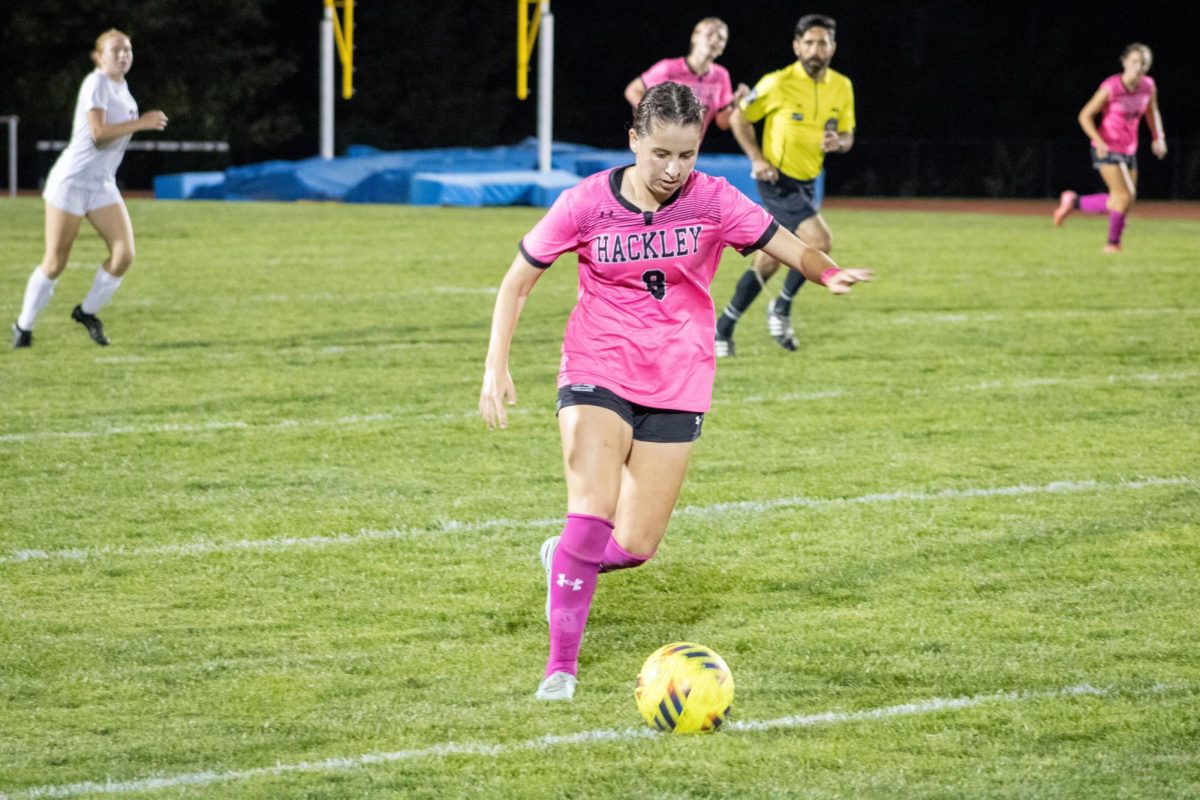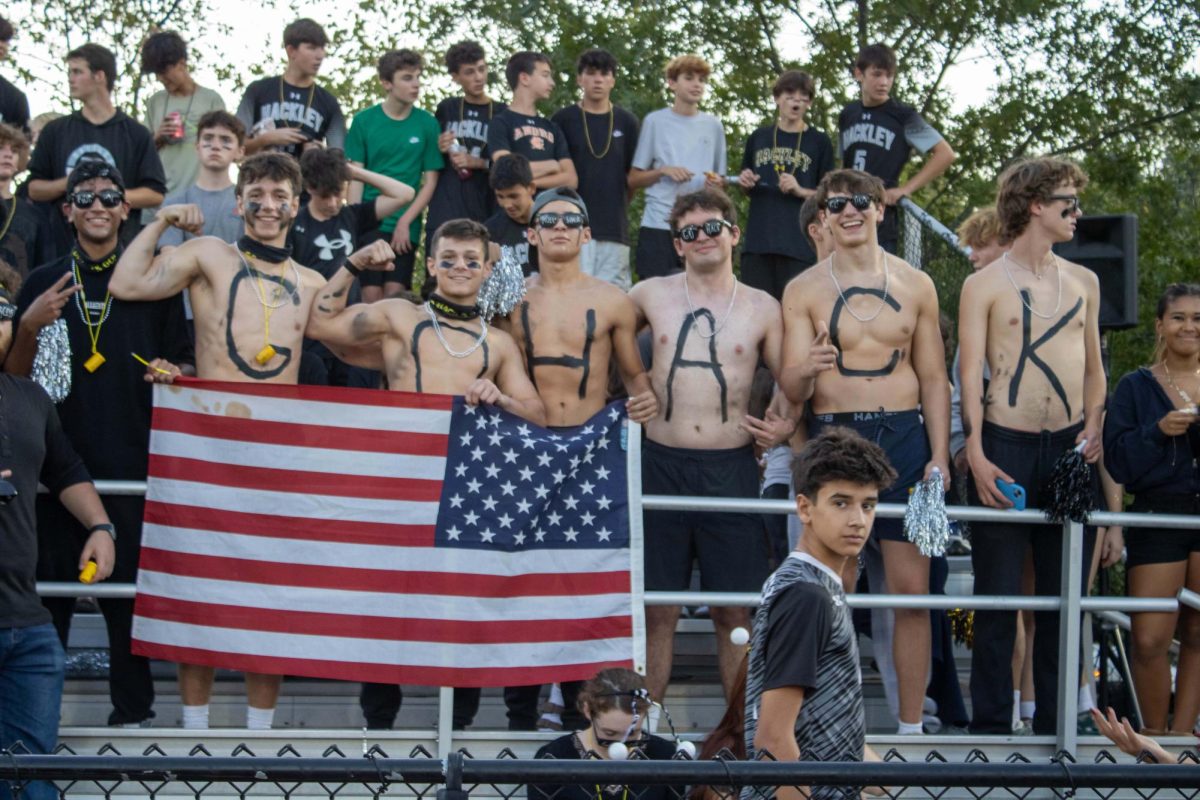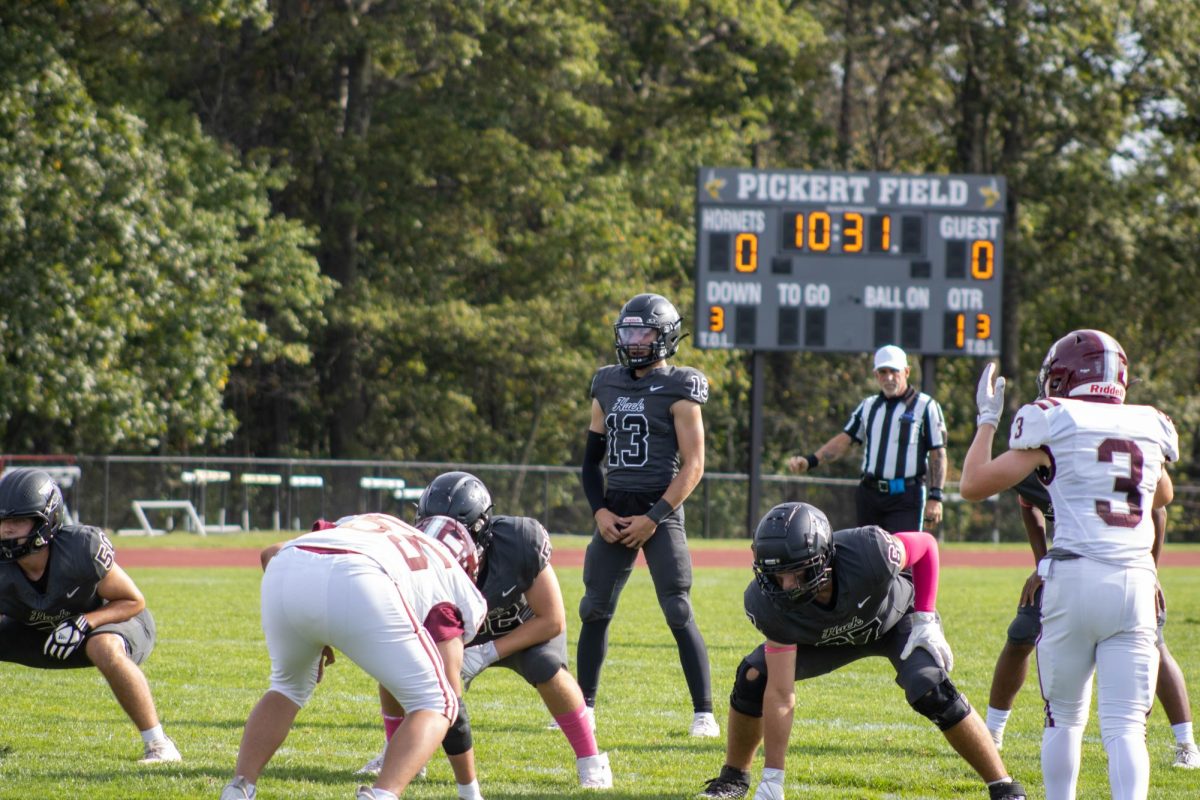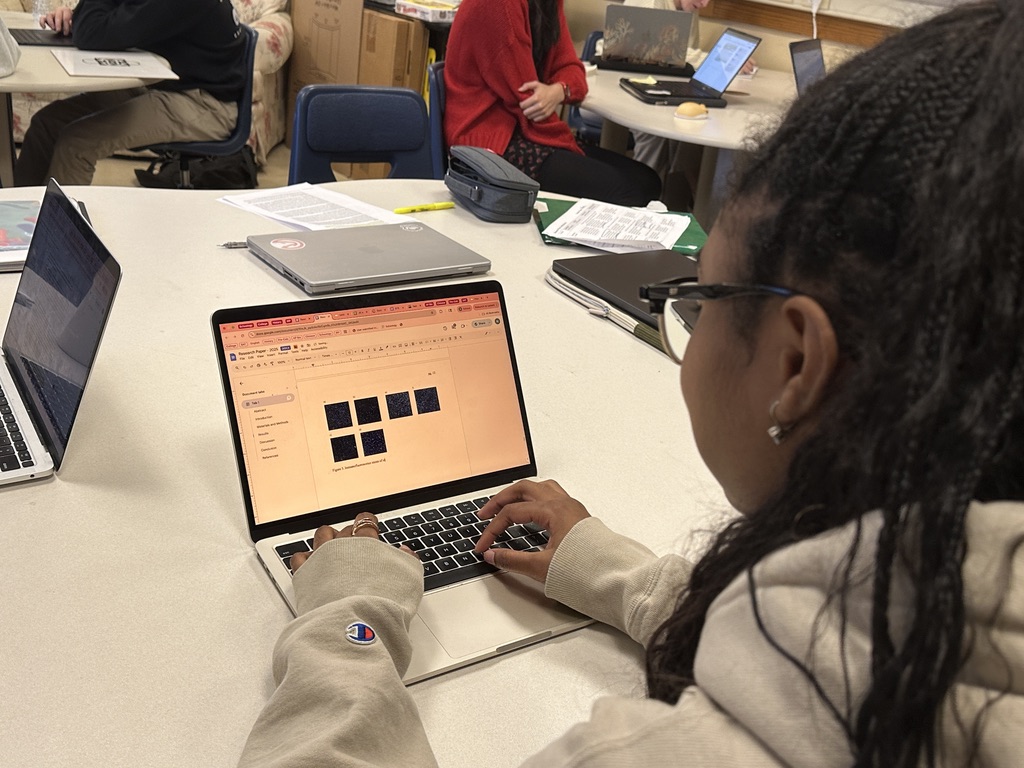Imagine a time when you couldn’t check your email, search online, or walk the halls to see the recent news from a Hackley student’s perspective. This time existed before the creation of the student newspaper, the Dial, which was created in 1927.
Before then, the only form of Hackley-related news was something called The Hackley, which was primarily a literary magazine that contained some news, if important. As The Hackley began to lean strongly literary and was renamed the Vision in 1987, ideas to create a newspaper that included recent news events and updates on football began to surface. Hence, the Dial was born.
The Dial was named after an important artifact located on the Quad, the campus sundial. Sundials, a reliable, informative invention, were used to tell the time of day. Students named the newspaper the Dial because they wanted to establish it as exactly that, a place where they could look for consistently reliable information on what was happening in and around Hackley.
“There are all kinds of nuggets in the Dial, in the Hackley, or in press clippings. Our previous archivist found a photo of Eleanor Roosevelt having a meal in the dining room in a previous Dial,” said John Gannon, Director of Development and Alumni Affairs.
When the monthly newsletter was first published in 1927, its main objectives were to focus on sports and school affairs. The first Dial issue covered recent football games, prizes for excellence in English, new clubs, and the school grade average showing improvement. The school average had improved to 71.6%, an unfathomably low score for many Hackley students today.
The first edition also included a bulletin of upcoming events, typically football games, but there were some mentions of annual traditions, such as Founders Day.
“Of course, they wrote about football; if you think about it, there was no TV, so the football games were a big deal. After football games in 1959, they would pour tea. It was a different era,” said Margie McNaughton Ford, Director of Alumni Engagement.
Something notable that has not been continued in recent years was the incorporation of ads from real businesses in Dial issues so the staff could pay for their print copies.
“In one of the first Hackleys, there are some great articles, but it’s not as visual because they didn’t have much photography so there are sketches and advertisements. This was the same with the early editions of the Dial,” said Ms. Mcnaughton Ford.
Early Dial editions also included full athletic schedules of every team on campus and reported on all wins, draws, and losses at the end of each team’s season.
Though many aspects are different, there are also similarities between the current Dial editions and the original ones. For example, students wanted to use their ideas and words to spark change, starting within the Hackley community. There were many 1960s Dial editions with articles addressing the need to change the school from an all-boys boarding school to a co-ed partial day school. These articles helped to influence the Board of Trustees to declare Hackley as a co-ed school in 1968, starting with the Lower School.
Students didn’t confine their ideas of change within Hackley though, as they expanded their topics to cover worldwide issues.
“I think there were opinion pieces but not as much until the 70s when they got more opinionated,” said Ms. McNaughton Ford.
In an attempt to create more interesting and relatable stories about what was going on in the world, students began to write about contemporary issues. In one of the 1970 Dial issues, a student wrote about the differing political views on campus. Neither side was extreme, but there were people representing both parties. It is interesting to compare these to articles written in the Dial today about political and worldwide issues, specifically with pieces about the recent election.
In the 1973 edition of the Dial, students wrote about the new Zetkov gym, which is now in the process of demolition and will be replaced by a parking lot. They wrote about construction delays and new procedures, much like many Dial staff write about today, especially with the opening of the new Center for Creative Arts and Technology.
Similarly to the editorial board today, early editions of the Dial included a section by the Dial editors, a group that expressed student opinions. They would even allow students to respond to what they had written or express new opinions in the editor portion, included in a section named “Letters to the Editors.”
Though the Dial has evolved in various ways, it is clear that it has stuck with its core belief and goal to provide accurate and relevant information to the student body while also evolving to be relatable, interesting, and modern for the student body.


